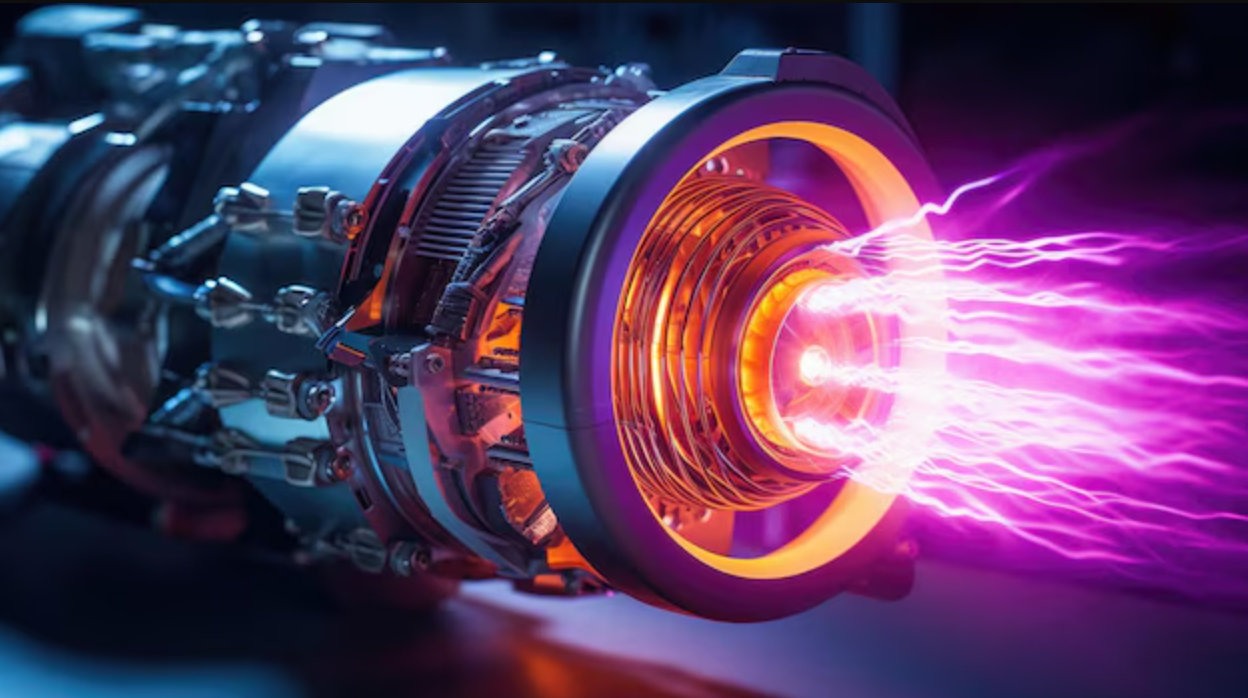Calorie-free sweeteners could be making you hungrier, study finds
Sucralose, a common sugar substitute, may raise hunger by confusing the brain, altering brain activity and hormone signals.

Sucralose may increase hunger by activating brain areas linked to appetite, especially in people with obesity. (CREDIT: CC BY-SA 4.0)
Over the past thirty years, rates of obesity have surged. Alongside this trend, people have turned to calorie-free sugar substitutes in hopes of cutting calories without giving up sweetness. Yet while many use these alternatives to avoid weight gain, questions remain about how the body and brain actually respond to them.
A recent study, published in the journal Nature Metabolism, shines new light on what happens when you consume sucralose, one of the most widely used non-caloric sweeteners. The results may make you think twice before choosing a diet soda over one with sugar.
A sweet taste with no energy
About 40% of Americans use sugar substitutes regularly. Many believe these substances help with weight control by satisfying sugar cravings without calories. Sucralose, which is about 600 times sweeter than table sugar, is one of the most common choices. Unlike sugar, it doesn’t get absorbed or used for energy. Its chemical structure has been changed so the body can’t break it down.
That might sound like a win if you’re watching your weight. But a growing number of studies show that calorie-free sweeteners like sucralose may confuse the body. The brain senses sweetness and prepares for energy, but the expected calories never come. This mismatch may affect appetite and how the brain handles cravings.
Past studies have hinted at this. Rodent experiments showed that sweeteners can stimulate hunger by changing how the brain reacts to sweet tastes. Imaging studies in humans have found that diet drinks activate brain areas tied to food desire. But those studies were small and mostly focused on white, healthy-weight men, limiting what we can learn from them.
To fill those gaps, researchers at the University of Southern California designed a new study using functional magnetic resonance imaging (fMRI) and hormone tests. They wanted to see how sucralose affects hunger, brain activity, and hormone levels—and whether those effects differ between people of different weights or sexes.
Related Stories
A deeper look at brain and body
With support from the National Institutes of Health, the team recruited 75 adults from different backgrounds. The group was split by sex and weight status, including people of healthy weight, those who were overweight, and those with obesity.
Each participant visited the lab three times. At each visit, they consumed one of three drinks: plain water, a sugary drink, or a drink with sucralose. The drinks were matched for sweetness, so the only difference was the calories. Before and after drinking, researchers gathered blood samples, hunger ratings, and fMRI brain scans.
The researchers focused on the hypothalamus, a deep-brain region that controls hunger and metabolism. Under normal conditions, when you eat sugar, activity in this brain area goes down—signaling fullness and helping regulate food intake. But when participants drank sucralose, the opposite happened: brain activity in the hypothalamus went up, and so did feelings of hunger, especially in people with obesity.
“Sucralose increased activity in the hypothalamus, the part of the brain that helps regulate appetite and body weight,” said lead author Dr. Kathleen Page, director of USC’s Diabetes and Obesity Research Institute.
The team also tracked how the hypothalamus talked to other parts of the brain. fMRI scans revealed that sucralose boosted connections between the hypothalamus and areas tied to motivation and sensory processing—such as the anterior cingulate cortex. This region helps shape decisions, including those about food.
Sucralose fails to trigger fullness hormones
In addition to brain scans, the researchers looked at hormone changes. When you eat sugar, blood sugar levels rise, and your body releases insulin and GLP-1. These hormones send signals to the brain that you’ve eaten enough. Sucralose, however, did not raise blood sugar and didn’t boost these hormones.
“The body uses these hormones to tell the brain you’ve consumed calories, in order to decrease hunger,” said Page. “Sucralose did not have that effect—and the differences in hormone responses to sucralose compared to sugar were even more pronounced in participants with obesity.”
This finding matters because it shows that even though sucralose tastes sweet, it fails to trigger the body’s natural systems for controlling appetite. Instead of helping with weight control, it may actually make you feel hungrier.
Individual differences matter
The effects of sucralose weren’t the same for everyone. People with obesity had the strongest brain and hunger responses. Women also showed greater brain activity changes than men. This suggests sex and weight status both play a role in how the body reacts to sweeteners.
Page’s team is now expanding their research to include children and teens. This group consumes more sugar and sugar substitutes than any other age group. Because young brains are still developing, the researchers want to know whether early exposure to sucralose can change the way the brain responds to food in the long term.
“Are these substances leading to changes in the developing brains of children who are at risk for obesity?” Page asked. “The brain is vulnerable during this time, so it could be a critical opportunity to intervene.”
Long-term effects still unclear
The study revealed a clear pattern: sucralose makes the brain act as if it’s hungry, but doesn’t offer any energy or satisfy the body’s systems that detect fullness. This may explain why some studies have linked sugar substitute use with weight gain over time, despite the fact that they contain zero calories.
However, not all studies agree. Large population surveys have linked sugar substitute use with obesity, but randomized trials have shown mixed results—some finding benefits, others finding no effect. That’s one reason why Page’s team focused on brain imaging and hormonal data, which offer a more direct window into what’s happening inside the body.
Still, researchers say more work is needed to understand long-term outcomes. The current study looked at short-term brain and hormone responses. Follow-up studies will need to track people over months or years to find out whether these responses lead to lasting changes in weight or eating habits.
The brain expects calories with sweetness
This study adds to a growing body of evidence that the brain expects energy when it detects a sweet taste. When that energy doesn’t arrive, the body reacts in unexpected ways.
“If your body is expecting a calorie because of the sweetness, but doesn’t get the calorie it’s expecting, that could change the way the brain is primed to crave those substances over time,” Page said.
The results don’t mean that sucralose or other sweeteners are harmful in every case. But they raise important questions about how we use these products, especially in efforts to manage weight. Replacing sugar with sucralose might not be the simple solution many hope it is.
As more people turn to diet drinks and sugar-free foods to cut calories, these findings suggest it’s worth paying attention to how your brain and body respond—not just how many calories you consume.
Note: The article above provided above by The Brighter Side of News.
Like these kind of feel good stories? Get The Brighter Side of News' newsletter.
Joseph Shavit
Head Science News Writer | Communicating Innovation & Discovery
Based in Los Angeles, Joseph Shavit is an accomplished science journalist, head science news writer and co-founder at The Brighter Side of News, where he translates cutting-edge discoveries into compelling stories for a broad audience. With a strong background spanning science, business, product management, media leadership, and entrepreneurship, Joseph brings a unique perspective to science communication. His expertise allows him to uncover the intersection of technological advancements and market potential, shedding light on how groundbreaking research evolves into transformative products and industries.



